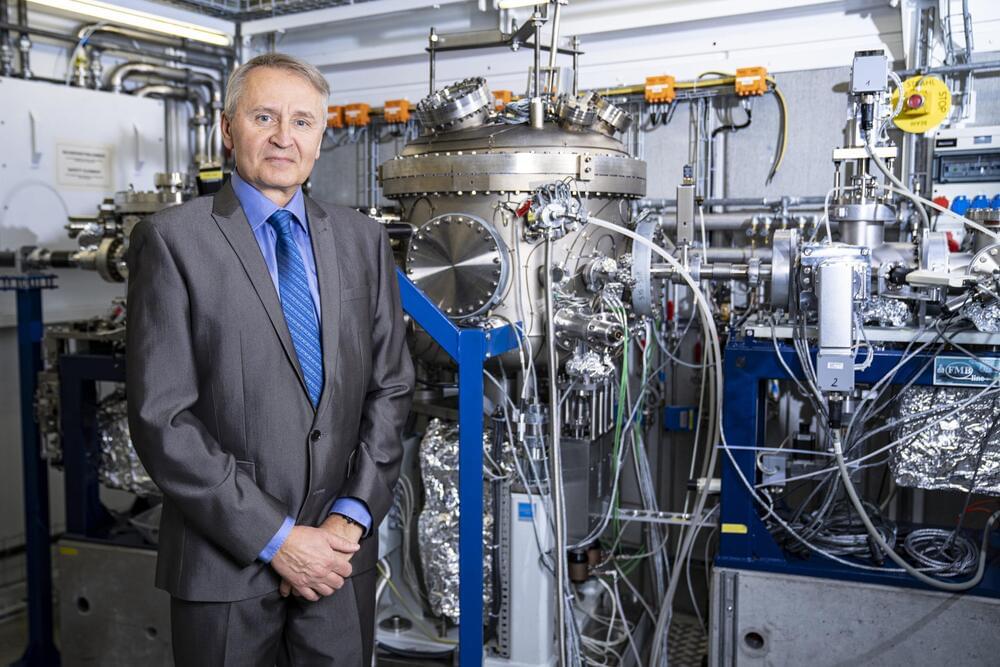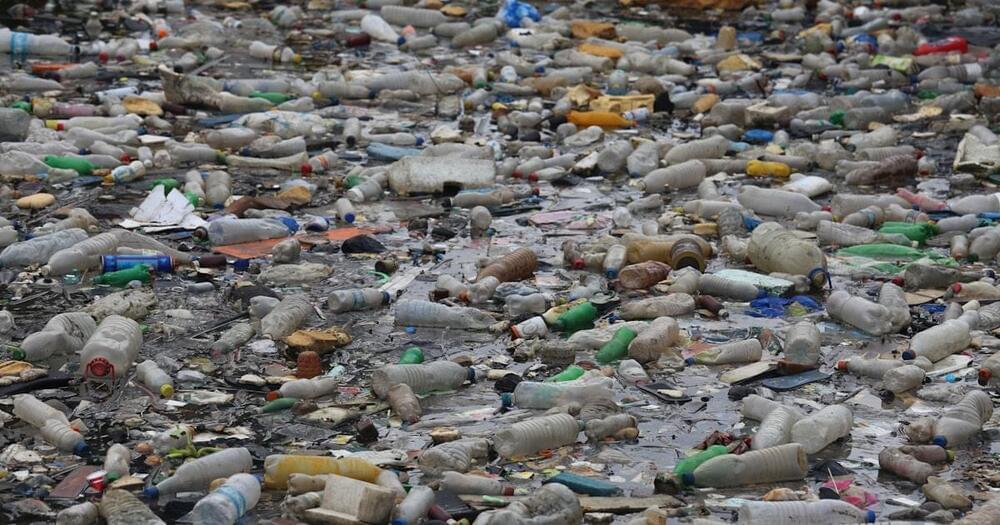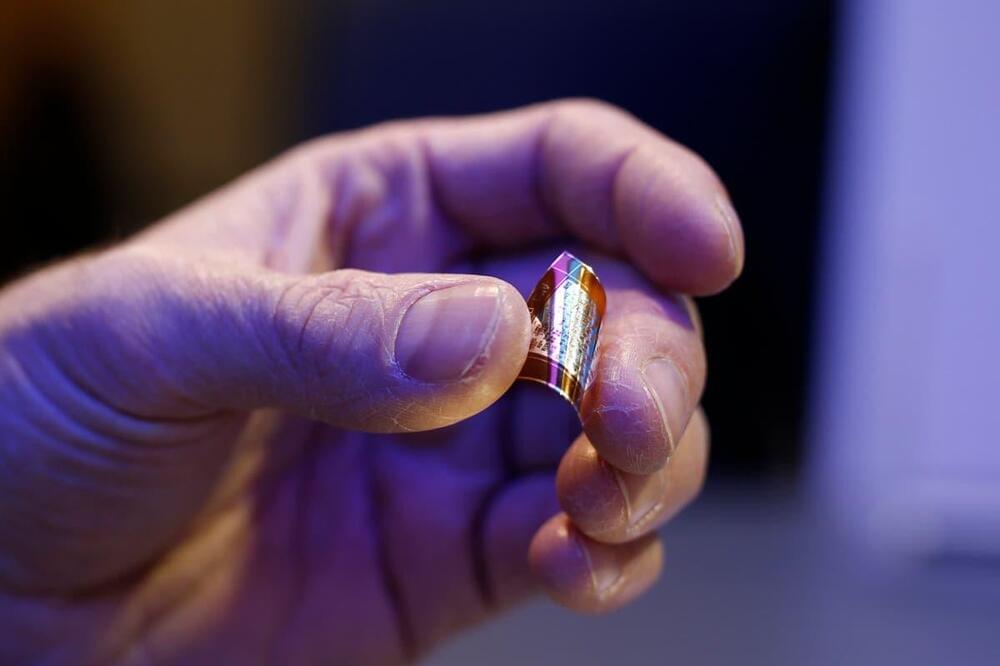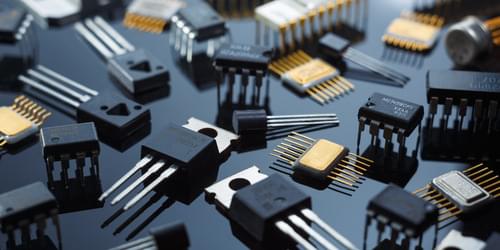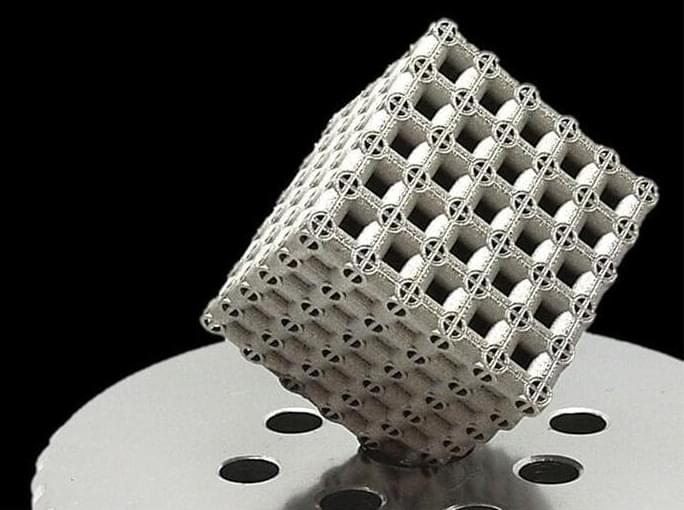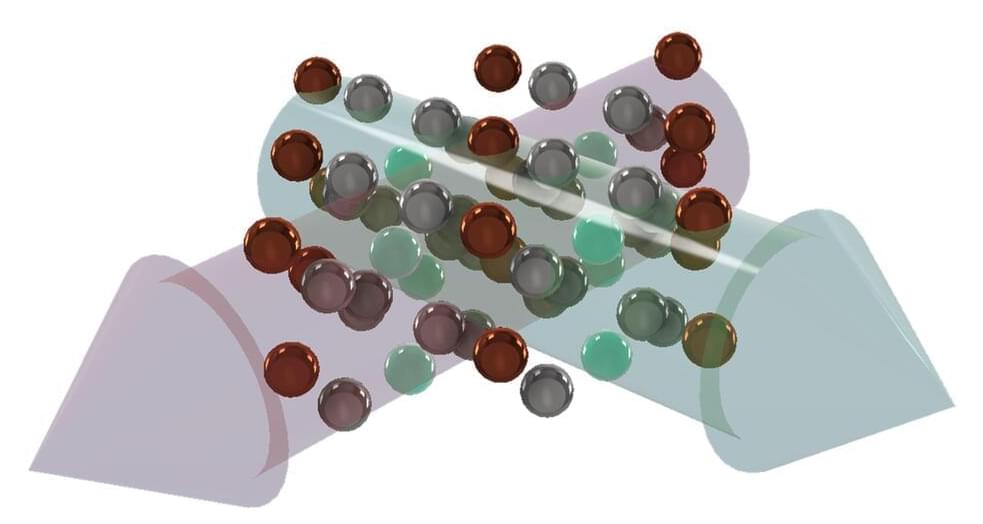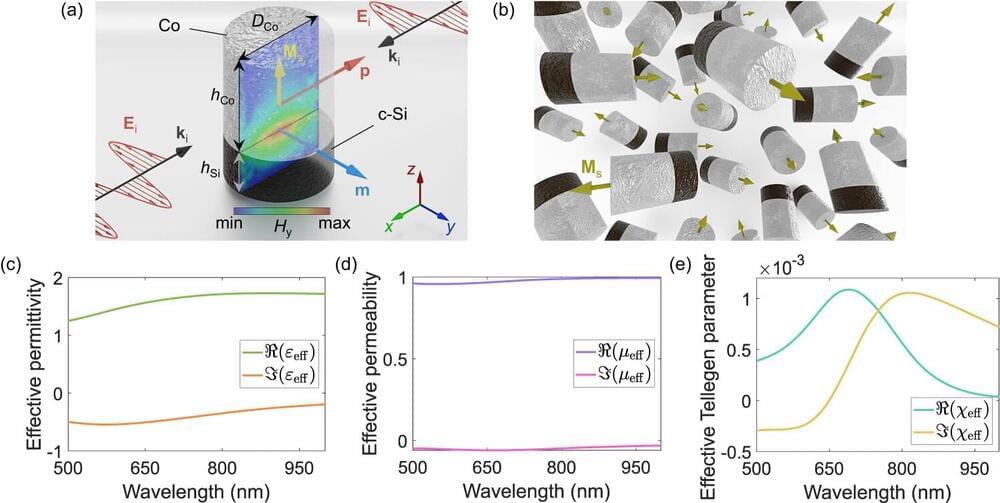There is now a new addition to the magnetic family: thanks to experiments at the Swiss Light Source SLS, researchers have proved the existence of altermagnetism. The experimental discovery of this new branch of magnetism is reported in Nature and signifies new fundamental physics, with major implications for spintronics.
Magnetism is a lot more than just things that stick to the fridge. This understanding came with the discovery of antiferromagnets nearly a century ago. Since then, the family of magnetic materials has been divided into two fundamental phases: the ferromagnetic branch known for several millennia and the antiferromagnetic branch.
The experimental proof of a third branch of magnetism, termed altermagnetism, was made at the Swiss Light Source SLS, by an international collaboration led by the Czech Academy of Sciences together with Paul Scherrer Institute PSI.
